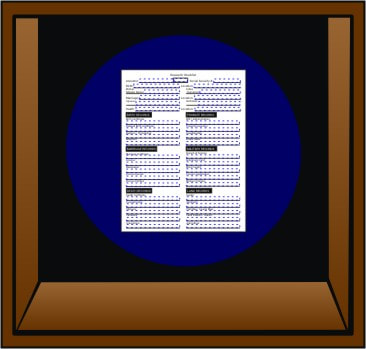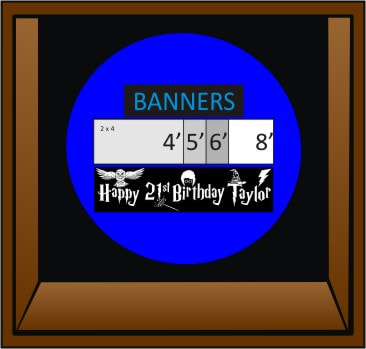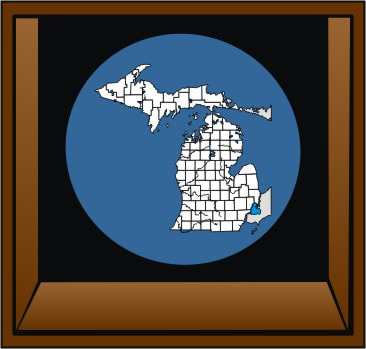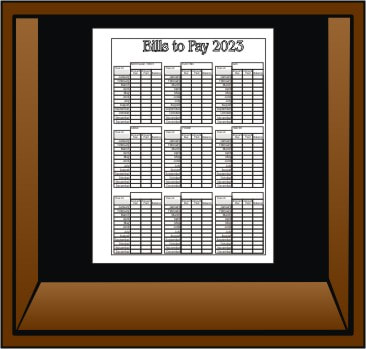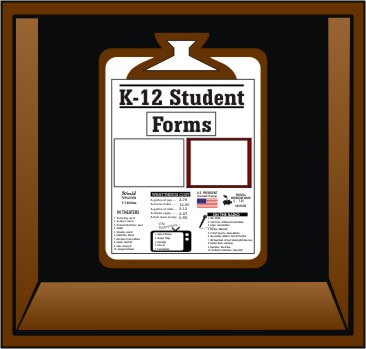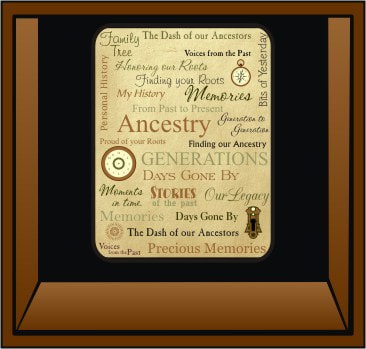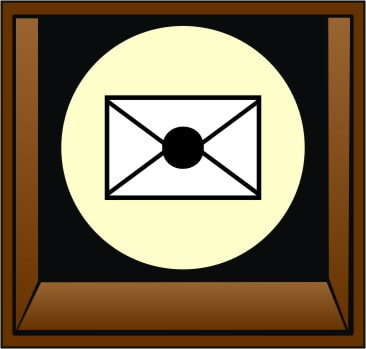|
Graphic Design The following definations of Graphic Design, and the Elements and Principles of Graphic Design are sourced from:
Https://learn.g2.com/what-is-graphic-design Elements of Graphic Design are basic units of any visual design. They include: Line - Shape - Color - Typography - Texture - Size, and Space.
Principles of Graphic Design suggest how the designer should best arrange to ensure the elements are connected to one another in the overall design. Principles include Balance - Alignment - Proximity - Repetition and Contrast.
|
Graphic Design is the art of visual communication that combines images, words, and ideas to convey information.
|
Elements of Graphics Design
|
Line - The most basic of design elements. Lines can be curved, straight, thick, thin, two-dimensional or three-dimensional. A line is simply an element of design that is defined by a point moving in space.
|
Shape - A two-dimensional defined area created by lines. Different types of shapes include geometric, abstract, and organic shapes, all of which are basic elements of design.
|
Color - Color is one element that is especially important in attracting attention because there is psychology behind the feelings that color can evoke.
|
|
Space - Refers to the areas of the design that are left blank. These areas include any distance or areas between, around, below, or above other design elements.
|
Size - How small or large something is. In design, size is used as an indication of importance and it can also create visual interest in a design by using contrasting sizes.
|
3 Main Characteristics to color: Hue (the color family), Value (how light or dark the color is), and saturation (the purity of the color)
|
|
Typography - The art of arranging type. Typography is critically important because it can greatly affect the design’s messaging. Different weights (Bold, regular or light), combined with varied sizing, colors, and spacing can add power to the concept the designer is trying to communicate.
|
Texture - Refers to how things look like they’d feel if they were to be touched. Texture can be Smooth, Rough, Glossy, Soft, or Hard. Texture is another element used to draw
attention, and it can be added to other elements like Colors, Images, Shapes, and Type. |
Principles of Graphic Design
|
Balance - Providing structure and stability of a design by distributing evenly the elements using symmetry and asymmetry.
|
Alignment - Keeping a design organized by creating a visual connection between the elements with the top, bottom, center, or sides of a design.
|
Proximity - Creating a visual relationship between the elements of a design, and providing a focal point for viewers.
|
|
Repetition - Establishing consistency throughout a design that ties together individual elements and strengthen the design by creating a feeling of organized movement.
|
Contrast - Emphasize certain aspects of a design. Using contract allows for highlighting key elements of a design that you’d like to stand out
|


